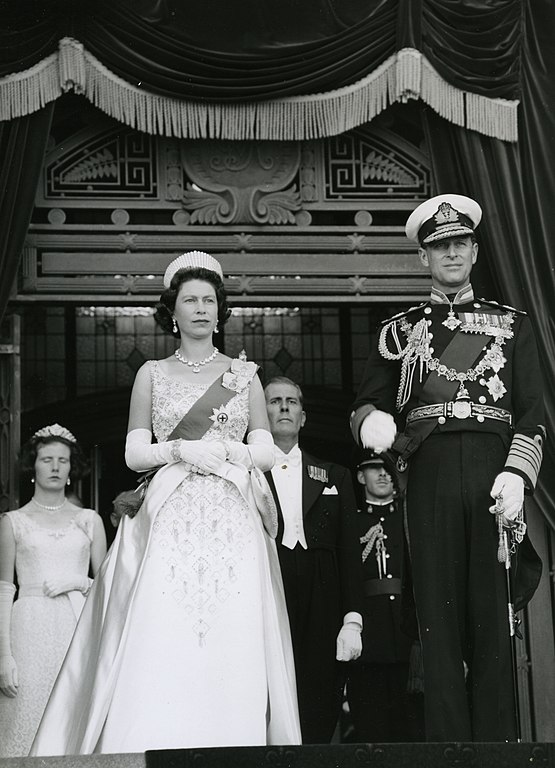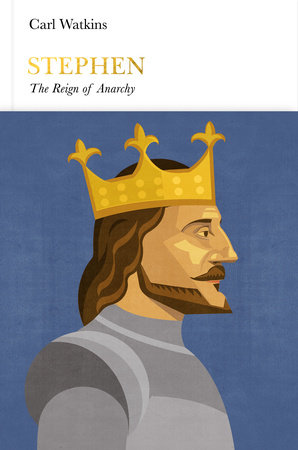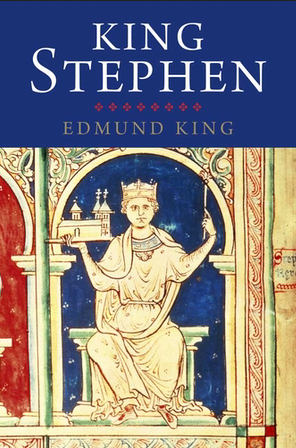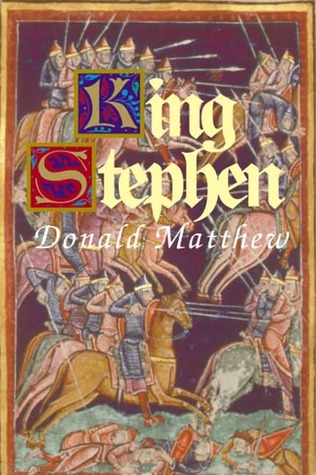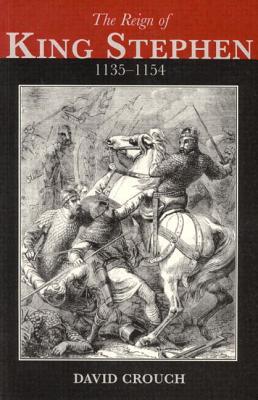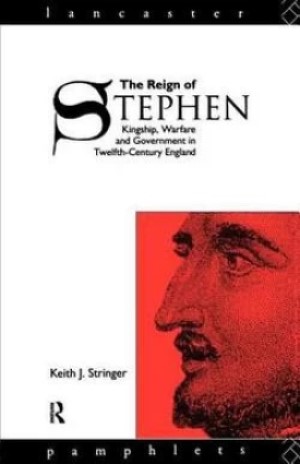
There’s an adage that authors of nonfiction books are ready to write their works the moment they have finished doing so. It may seem like a paradox, but it gets to a truth about such works, which is that the author never fully completes their research and thinking about the subject until they have finished the book. Yet that is the moment when the author then walks away from the subject, usually never to return excepting for the occasional review article or other short-form piece. This is the reason why I found Richard Barber’s selection as the author of the Penguin Monarchs volume on Henry II so intriguing. Given how infrequently a biographer writes two books about the same figure, I was curious to see what new insights he had gained on top of the understanding he had reached at the end of his previous biography nearly a half century before.
As I read the book, though, I was struck by how familiar it all was. Barber begins with a different approach from that of his previous biography by providing a pen portrait of Henry the man. Starting with extended quotations from Walter Map, an author and cleric who was a courtier of Henry’s, Barber provides a detailed description of the man based on contemporary sources. After so many biographies in which monarchs are described using sources written from a distance of centuries this was extraordinarily refreshing, and it gave me a real sense of what Henry was like as a person.
From there Barber launches into a summary of Henry’s life from his expedition to England in 1147 to his death. As is the case with the efficient volumes of this series, the focus is on England and Barber briskly proceeds through the key points in his life. This is where the feeling of deja vu set in, though, as he touches upon all of the same points he did in his 1964 biography, with little adjustment. The book had the exact same focus on Henry’s conflicts with Thomas Becket and his children, and the same lack of coverage of his major innovations in English government. Whereas the high drama with Becket forms the core of the book and the family squabbles round it out, the fiscal and legal reforms that were the major achievements of his reign were confined to a couple of pages at the end. While it’s an improvement upon his previous book, it is still a limited one.
This may be a reflection of Barber’s sense of his audience. In the brief guide to further reading at the end of the book, Barber classifies his previous work as a “popular biography.” In this sense his choices likely reflect what he believes most readers are looking for in a biography of Henry, which is the high drama that has made his life such a fruitful subject for novels, plays, and movies. And while those readers will finish Barber’s book well-satisfied, anyone seeking to learn about Henry’s greatest contributions to his kingdom will find thin gruel indeed.



